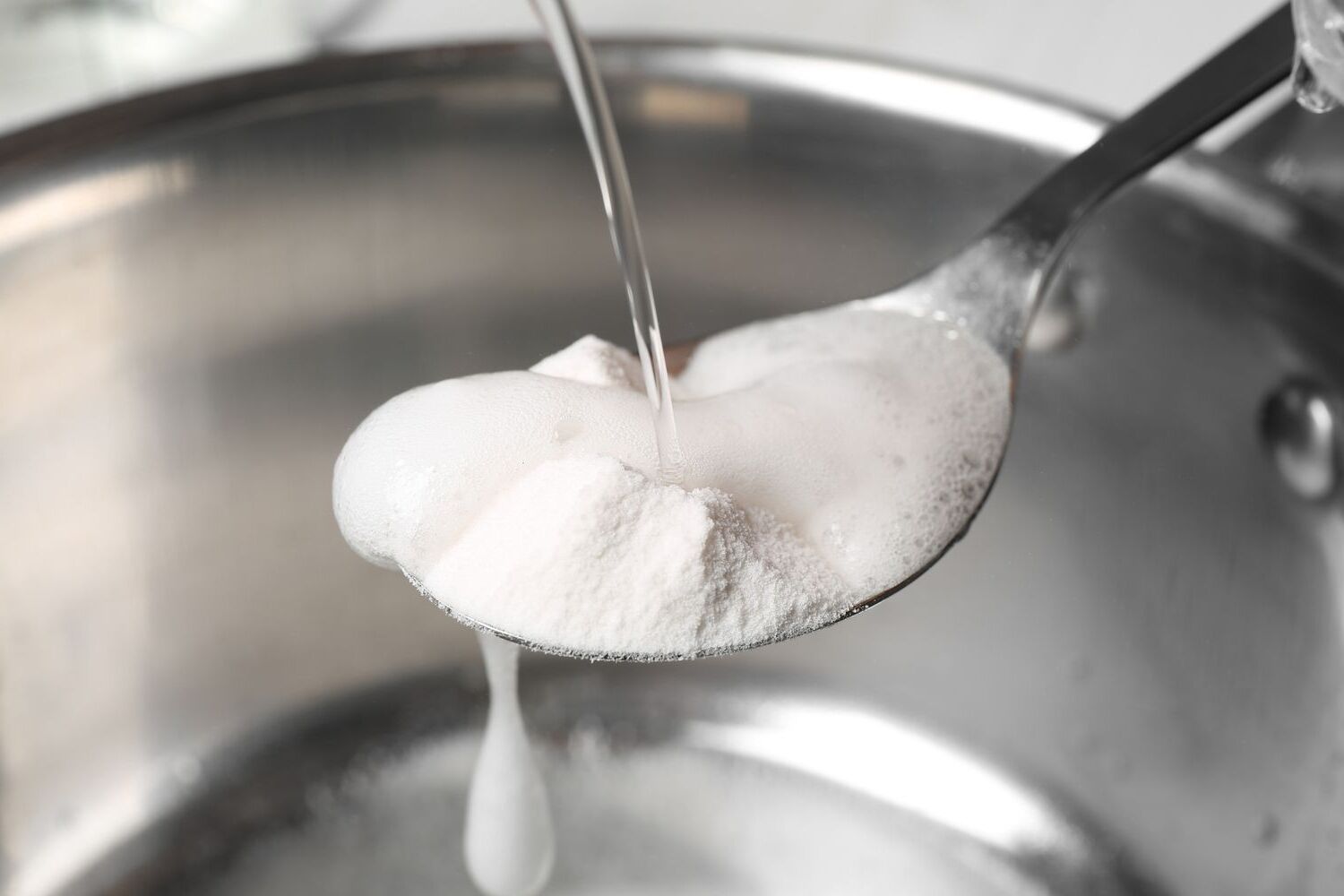
Ever wondered what makes fireworks dazzle in the sky or why leaves change color in the fall? Well, you're about to find out! Chemical changes are happening all around us, transforming substances in ways that are sometimes explosive (literally) and other times quite subtle. From the rusting of iron to the baking of a cake, these changes are fundamental to both the world we live in and the products we use daily. Chemical changes involve the making and breaking of bonds between atoms, leading to the formation of new substances with different properties. So, buckle up as we dive into 28 fascinating facts about chemical changes that'll make you see the world in a whole new light!
Key Takeaways:
- Chemical changes transform substances into new materials with unique properties. They involve breaking and forming bonds, energy shifts, and indicators like color change and gas production.
- Chemical changes impact everyday life, industry, and the environment. From cooking to pharmaceuticals, these reactions play a crucial role in our world.
Understanding Chemical Changes
Chemical changes are fascinating processes that transform substances into different materials, each with new properties and compositions. Unlike physical changes, which only alter the form or appearance of a substance, chemical changes modify the substance at a molecular level. Here's a closer look at some intriguing facts about chemical changes.
-
Chemical changes involve the breaking and forming of bonds between atoms, leading to the creation of one or more new substances. This fundamental process is what distinguishes chemical changes from mere physical alterations.
-
Energy is either absorbed or released during chemical changes. This energy shift is a key indicator of a chemical reaction taking place. Whether energy is absorbed or released depends on the specific nature of the reaction.
Examples of Chemical Changes in Everyday Life
Chemical changes are not just limited to laboratories; they occur all around us, often without us even noticing.
-
Cooking is a form of chemical change. When you cook food, heat causes chemical reactions in the food's molecules, changing them in ways that enhance flavor, texture, and digestibility.
-
Rusting of iron is another common example. Oxygen from the air reacts with iron, forming iron oxide. This process not only changes the color and texture of the iron but also its chemical composition.
-
Photosynthesis in plants is a remarkable natural chemical change. Plants convert carbon dioxide and water into glucose and oxygen, using sunlight as energy. This process is crucial for life on Earth, as it produces oxygen for us to breathe.
Indicators of Chemical Changes
Several signs can indicate a chemical change is occurring. Recognizing these signs can help identify chemical reactions in various settings.
-
Color change is a visible indicator of a chemical change. However, not all color changes signify a chemical reaction; some might be due to physical changes.
-
Gas production often signifies a chemical change, especially if the gas is produced without heating. Bubbles or fizzing indicate gas release during a reaction.
-
Temperature change in a substance, without external heat being applied or removed, suggests an exothermic or endothermic chemical reaction.
-
Precipitate formation occurs when a solid forms from a liquid solution during a chemical reaction. This solid, known as a precipitate, is a new substance resulting from the reaction.
The Impact of Chemical Changes on the Environment
Chemical changes can have significant effects on our environment, both positive and negative.
-
Acid rain results from chemical reactions in the atmosphere. Pollutants like sulfur dioxide and nitrogen oxides react with water vapor, forming acidic compounds that fall as rain, harming ecosystems.
-
Biodegradation is a beneficial chemical change where microorganisms break down substances into simpler compounds, helping to reduce waste and pollution.
-
Ozone depletion is caused by chemical reactions in the atmosphere, where substances like chlorofluorocarbons (CFCs) break down ozone molecules, reducing the Earth's protection against harmful UV radiation.
Chemical Changes in Industry
Industries rely heavily on chemical changes to produce a wide range of products, from materials to medicines.
-
Manufacturing of plastics involves chemical reactions that polymerize monomers into polymers, creating various types of plastics used in countless applications.
-
Pharmaceuticals production relies on chemical changes to synthesize drugs that can treat diseases and improve health. These reactions are carefully controlled to produce the desired medicinal compounds.
-
Refining of petroleum is a complex series of chemical changes that transform crude oil into usable products like gasoline, diesel, and jet fuel. This process involves breaking down and rearranging the molecules in crude oil.
Fascinating Chemical Reactions
Some chemical reactions are particularly notable for their unique or dramatic effects.
-
The thermite reaction produces intense heat and molten iron, used in welding and in demonstrations to showcase the release of energy during chemical changes.
-
Bioluminescence is a chemical reaction within living organisms that produces light. This natural phenomenon is seen in fireflies and deep-sea creatures, among others.
-
The Belousov-Zhabotinsky reaction is a visually striking chemical oscillation that can continue for hours, changing colors in a mesmerizing pattern due to the periodic oxidation of malonic acid.
The Role of Catalysts in Chemical Changes
Catalysts are substances that speed up chemical reactions without being consumed in the process. They play a crucial role in both natural and industrial chemical changes.
-
Enzymes are biological catalysts that facilitate many of the chemical reactions in living organisms, allowing life processes to occur at manageable rates.
-
Industrial catalysts are used to accelerate chemical reactions in manufacturing processes, increasing efficiency and reducing costs. For example, catalysts are essential in the synthesis of ammonia by the Haber process.
-
Catalysts can be specific to certain reactions, meaning they only accelerate particular chemical changes without affecting others. This specificity is crucial for controlling the outcomes of complex reactions.
Chemical Changes and Safety
While chemical changes are essential for many processes, they can also pose risks if not managed properly.
-
Chemical reactions can produce toxic substances, requiring careful handling and disposal to prevent environmental damage and health risks.
-
Explosive reactions are a hazard in both laboratories and industries. Proper safety measures, including the use of appropriate containers and controlled conditions, are vital to prevent accidents.
-
Fire is a rapid chemical change involving oxygen and a fuel source. Understanding the chemical basis of fire is important for effective fire prevention and safety.
The Future of Chemical Changes
Advancements in science and technology continue to expand our understanding of chemical changes, leading to new applications and improvements in various fields.
-
Green chemistry aims to design chemical products and processes that reduce or eliminate the use and generation of hazardous substances, promoting environmental sustainability.
-
Nanotechnology involves manipulating matter at the atomic and molecular levels, often through chemical changes, to create materials with novel properties and functions.
-
Synthetic biology combines biology and chemistry to design and construct new biological parts, devices, and systems, potentially revolutionizing medicine, energy, and materials science.
-
Artificial intelligence (AI) is being increasingly used to predict the outcomes of chemical reactions, speeding up research and development in chemistry and pharmaceuticals.
A Final Look at Chemical Transformations
Chemical changes are all around us, transforming matter in ways that are both visible and invisible to the naked eye. From rust forming on an old bike, to baking a cake, these changes are fundamental to understanding the world. They're not just for scientists in labs; they're happening in your kitchen, in nature, and even inside you. Grasping the basics of chemical changes can turn ordinary observations into extraordinary insights into the natural world. Remember, every time you witness a color change, feel heat being produced or absorbed, notice a gas being released, or see a precipitate forming, you're observing the fascinating world of chemical transformations. So, next time you see or feel something changing, take a moment to think about the chemical reactions at play. It's a great way to connect with the intricate and dynamic world of chemistry that shapes our everyday experiences.
Frequently Asked Questions
Was this page helpful?
Our commitment to delivering trustworthy and engaging content is at the heart of what we do. Each fact on our site is contributed by real users like you, bringing a wealth of diverse insights and information. To ensure the highest standards of accuracy and reliability, our dedicated editors meticulously review each submission. This process guarantees that the facts we share are not only fascinating but also credible. Trust in our commitment to quality and authenticity as you explore and learn with us.


